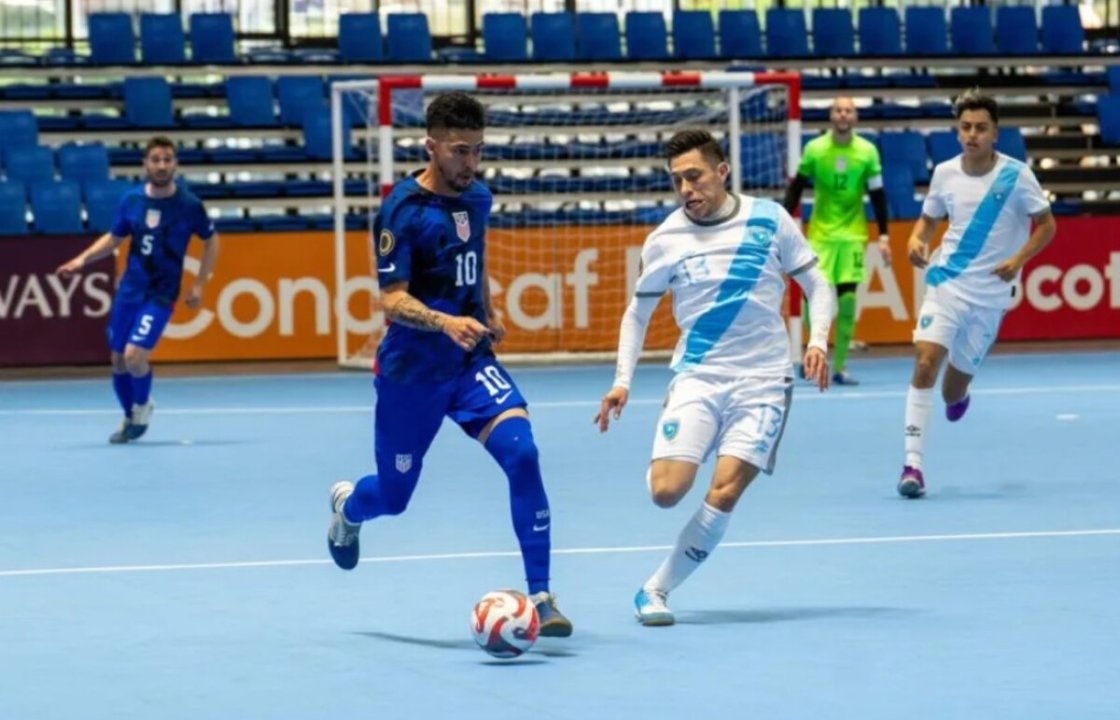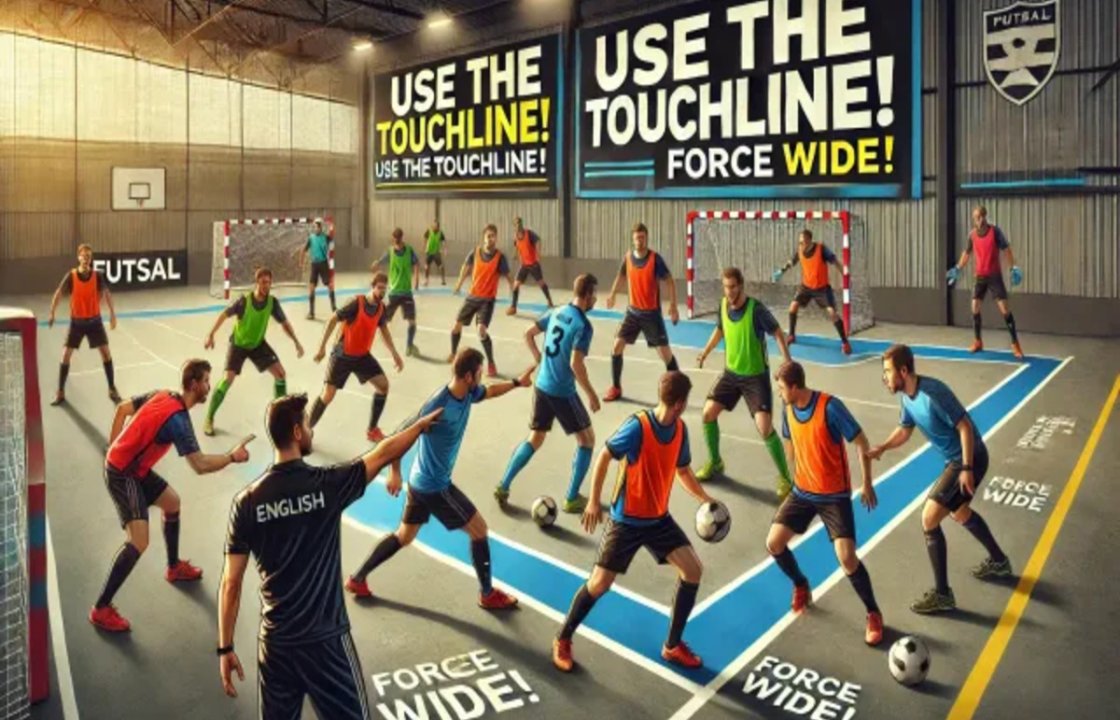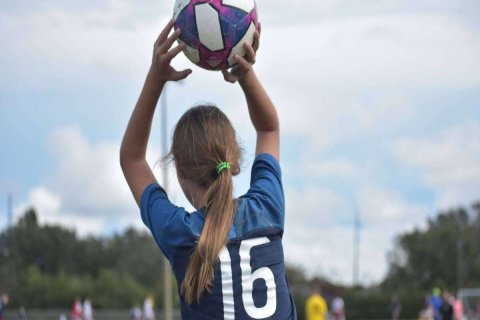Small-sided games are taking the US by storm, becoming a powerful tool to boost technical skills, creativity, and game intelligence in soccer players of all ages.
A Rising Tide for Alternative Soccer Formats
Over the past decade, the US soccer scene has experienced a noticeable shift. While the traditional 11-a-side game remains the cornerstone of player development, beach soccer and futsal have exploded in popularity as complementary training platforms. These formats, once considered niche or recreational, are now recognized by coaches, academies, and professional clubs as essential developmental tools for young athletes.
The growth is not accidental. The fast-paced, skill-driven nature of these games provides a unique environment where players are constantly challenged. On the sand or the futsal court, there is no hiding—every touch counts, and every mistake is punished instantly. For American soccer, still carving out its global identity, this shift toward technical refinement and quick decision-making could be transformative.
The Magic of Beach Soccer
Beach soccer originated as a casual pastime on coastal beaches but has evolved into a competitive sport with its own international tournaments, including the FIFA Beach Soccer World Cup. In the US, sunny states like California, Florida, and Hawaii have naturally embraced it, but indoor sand facilities have allowed the sport to spread even into landlocked regions.
The benefits for player development are numerous. The unstable surface forces athletes to adapt their balance, coordination, and agility. Every pass, shot, and dribble requires more effort and precision because the ball behaves unpredictably on sand. This naturally enhances touch control, leg strength, and core stability. Additionally, beach soccer’s smaller pitch and fewer players create more opportunities for 1v1 situations, helping players develop confidence in tight spaces.
Another advantage lies in the creativity the game demands. With the ball bouncing irregularly and defenders often lunging in, players must rely on inventive flicks, volleys, and aerial play. These skills often translate directly to the grass pitch, giving players an extra edge in attacking flair.
Futsal: The Court of Precision
While beach soccer builds adaptability and physical resilience, futsal sharpens the technical and tactical brain of a player. Played on a smaller, hard court with a low-bounce ball, futsal is all about speed, accuracy, and intelligence. The tight spaces mean there’s little time to dwell on the ball—players must think and act almost instinctively.
The reduced player count, usually five-a-side, ensures constant involvement. Even defensive players are expected to contribute offensively, and attackers must defend. This encourages the development of well-rounded, versatile players. Passes are crisp, movements are quick, and positional awareness becomes second nature.

Many of the world’s top players—such as Lionel Messi, Cristiano Ronaldo, and Neymar—have credited futsal with helping them master close control and quick decision-making. In the US, the United States Youth Futsal league and various indoor competitions have been expanding rapidly, creating new opportunities for young talents to be exposed to this style of play from an early age.
Why the US Is Embracing These Formats Now
The US soccer system has historically relied heavily on physicality and athleticism, sometimes at the expense of technical mastery. However, with the nation’s ambitions to become a global soccer powerhouse, there is a growing recognition that skill development must be prioritized from the grassroots level.
Beach soccer and futsal both provide high-repetition environments for practicing ball skills. A player might touch the ball ten times more in a futsal match than in a traditional outdoor game. This accelerates learning and builds muscle memory. Coaches across the country are integrating these formats into training programs, not only as a way to improve technical ability but also to keep sessions engaging and enjoyable.
Another factor is accessibility. With the rise of indoor sports complexes, futsal can be played year-round, regardless of climate. Beach soccer, thanks to the spread of sand courts, is no longer confined to coastal states. The flexibility to introduce these games anywhere makes them ideal for broad implementation across the US.
The Psychological and Social Benefits
Beyond the technical advantages, these formats also have a psychological impact. Because matches are played at a high tempo and in smaller teams, players develop confidence faster. Mistakes are frequent, but they are also quickly followed by new opportunities to try again. This helps build resilience and a growth mindset—critical traits for athletes aiming to reach the highest levels.
Socially, the inclusive nature of these games fosters teamwork and camaraderie. With more touches and shared responsibilities, every player feels like an active contributor. The fast rhythm keeps everyone engaged, and the reduced formality compared to traditional soccer often encourages players to express themselves more freely.
From Complement to Essential Training Tool
While beach soccer and futsal began as optional supplements to traditional training, they are now edging toward becoming essential components of a well-rounded player development plan. Academies that embrace these formats are often producing players who are not only technically gifted but also mentally sharp, adaptable, and creative.
The US is at a pivotal moment in its soccer journey. With the 2026 FIFA World Cup approaching, there is an unprecedented push to raise the standard of play. Integrating these formats nationwide could give American players the technical depth and tactical sharpness needed to compete with the world’s best.

How We Apply This at SIA Academy
At SIA Academy, we recognize the immense value that beach soccer and futsal bring to player development. In our training programs, we integrate small-sided games on different surfaces to enhance ball control, creativity, and decision-making speed. Our athletes regularly take part in futsal sessions to sharpen their passing accuracy and spatial awareness, while sand-based drills build strength, balance, and adaptability. These methods mirror the approaches used by some of the world’s most successful academies, ensuring that our players not only excel on the traditional pitch but also develop the versatility needed to thrive in any game environment. By embracing these formats, we give our players a complete development pathway—one that blends skill, intelligence, and adaptability, preparing them for success at the highest levels of the sport.






